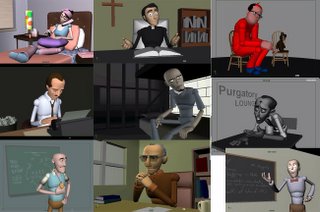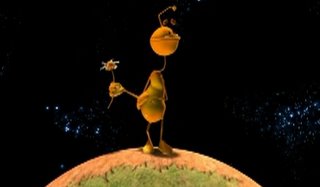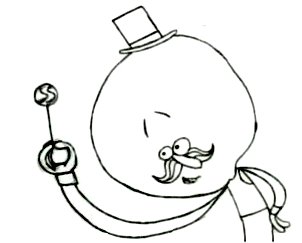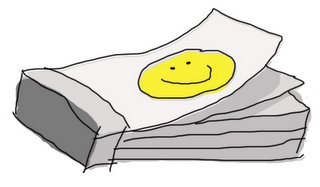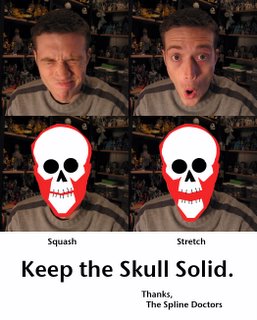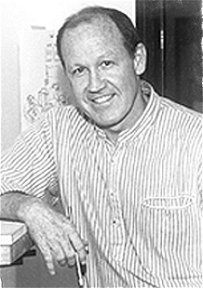 Friday, November 4th
Friday, November 4thA friend of mine, Mike Wellins, wrote a great book on Storytelling. Its called Story Telling Through Animation. The book has some really great interviews with artists and animators such as Glen Keane, his brother Dean Wellins and many others. Mike was nice enough to let me put up two interviews. I will post the other in the future. Here is the interview with Glen Keane. By the way, visit Mike’s web site:
Freakybuttrue.comHere is a little bit of the interview with a link to the full PDF at the bottom
-Andrew
Mike: When you're developing a character, what informs
you most about how you create that character? Its
performance, the way it talks, looks, the driving
force? How do you infuse the story, which is
essential, into every little aspect of animation? How
would somebody, with a script or a story, translate it
the best possible way into an animation? The purpose
of animation is to tell the story the best way, so I'm
just wondering how you personally go about it, it a
huge question, but when you start out what are the
first things that you look at or pull apart when you
start to develop a character?
Glen: There's a couple different stages, for me. In
some ways it's like meeting somebody. You first just
have a first impression when you meet somebody. It's
by the way they dress, it's the way they talk, and the
circumstances that you meet them in and reading about
the character on the script, or if it's even
storyboarded ahead of time. You get a first impression
and say, 'ok that's what it's like,' but you can't
animate from that. Just like you don't really know
that person - it's just the first superficial
information you get.
But then with that person that you've just met, you
start to spend time with him and you start actually
talking about your own experiences, and if they relate
to you, like, 'I like to play tennis, ‘Oh, I like to
play tennis too!’ ‘Oh really, well, maybe let's go
play tennis together!’ Then you go to the third thing
where you're actually doing something together. And
it feels to me like that's the same process for each
of these characters. First I get to see, ok that's
their function is in the story: Tarzan has to become
the king of the jungle. He's a man but he doesn't fit
in with the gorillas. Ok, that's basically the thing,
but then how does he feel being in the jungle? That's
really interesting to me. When I went to Africa then,
and actually spent time in the jungle and hearing
these noises at night out in the darkness around you,
hear skittering and patter across the tent and I just
thought, 'Whoa I would not want to be here without
that guide and his gun.' And yet, Tarzan is this
little baby, grows up, completely left alone and
raised by gorillas, so what kind of man could he
possibly be? He's got to be incredible. I started to
gain this respect for this person and became
fascinated with him. Then when I'm starting to
animate the character I can't just be fascinated, I
have to actually feel like it's me. I don't know how
this has always worked out but somehow I can always be
me in every character that I've done.
http://www.splinedoctors.com/stuff/keane.pdf
